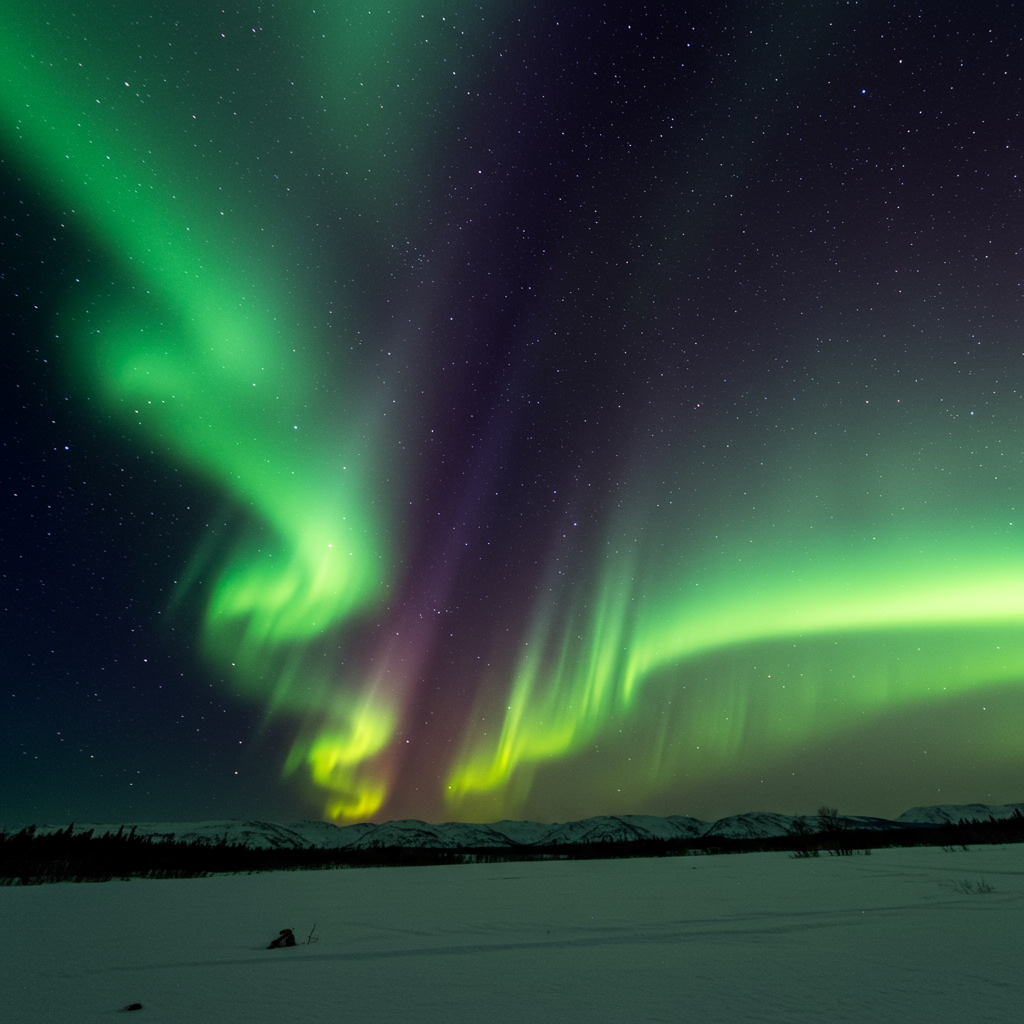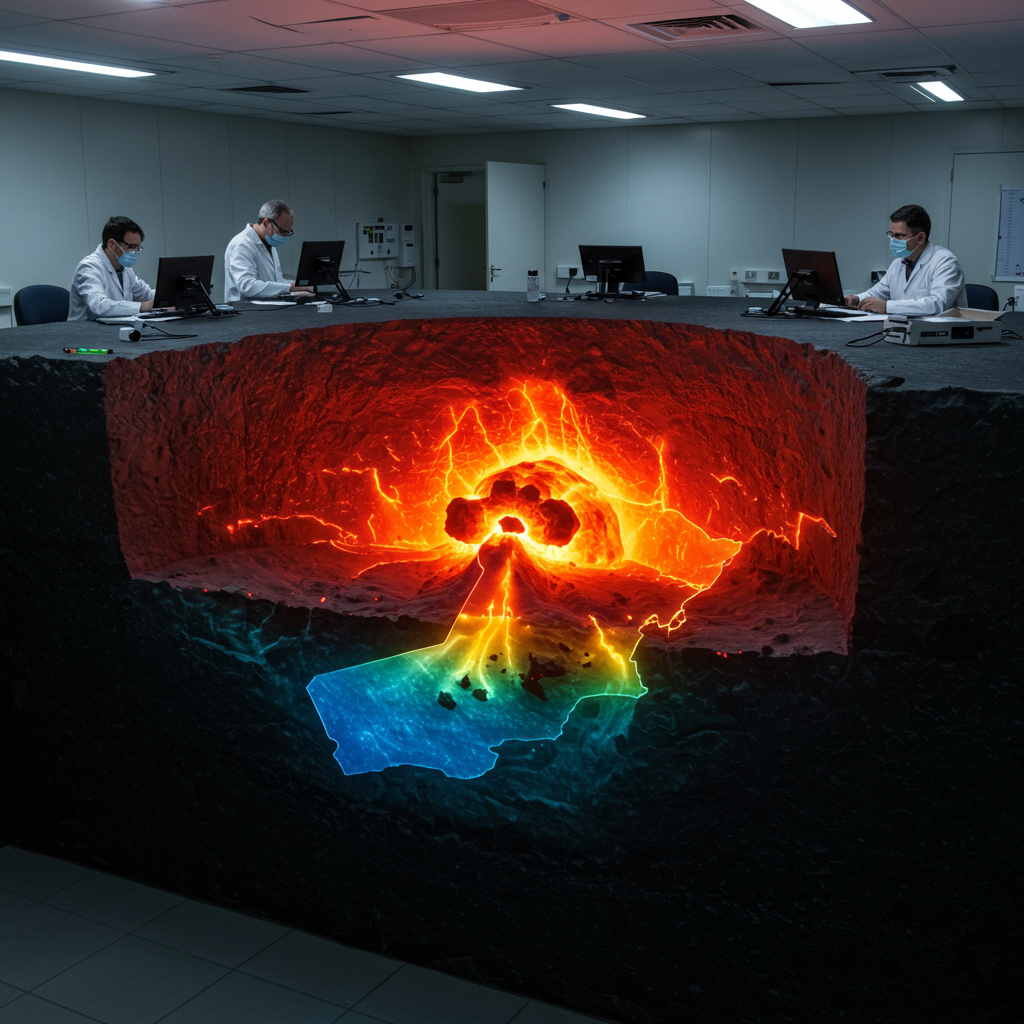Northern Lights Forecast Upgraded: Aurora May Be Visible in 14 U.S. States
Get ready to look up! The forecast for viewing the aurora borealis, commonly known as the Northern Lights, across parts of the United States has been upgraded. According to the National Oceanic and Atmospheric Administration’s (NOAA) Space Weather Prediction Center, a geomagnetic storm is expected to make the captivating light show potentially visible in as many as 14 U.S. states over the nights of Tuesday, June 24, and Wednesday, June 25, 2025.
This upgraded forecast suggests an exciting opportunity for skywatchers to witness the aurora, possibly farther south than usual.
What’s Driving the Aurora Alert?
The increased chance of seeing the Northern Lights is linked to a predicted geomagnetic storm. NOAA’s three-day forecast currently anticipates a minor geomagnetic storm, registering up to a G2 level on a scale that ranges from G1 (minor) to G5 (extreme). The forecast also suggests that the Kp index, a measure of disturbance in Earth’s magnetic field that indicates potential aurora intensity and visibility range, could reach a value of 5.
While a Kp of 5 signals a moderate display, significant aurora shows have been triggered by similar activity. For context, severe storms (G4) with Kp values up to 8 have previously pushed aurora visibility much further south, demonstrating the potential range of these events.
The specific cause for this anticipated storm, according to space weather reports, is a large hole in the sun’s atmosphere. These “coronal holes” release streams of high-speed solar wind, which are now heading towards Earth. Other geomagnetic storms can be triggered by different solar events, such as coronal mass ejections (CMEs) or co-rotating interaction regions (CIRs), which are boundaries between fast and slow solar wind streams. Regardless of the specific trigger, it’s the interaction of these charged solar particles with Earth’s magnetic field that creates the aurora.
Where and When to Spot the Lights
Based on NOAA’s aurora viewline predictions, potential displays are possible across a swath of northern U.S. states. A total of 14 states have a chance of seeing the aurora on the northern horizon on Tuesday and Wednesday nights:
Washington
Northern Idaho
Montana
Wyoming
North Dakota
South Dakota
Minnesota
Wisconsin
Michigan
Iowa
New York
Vermont
New Hampshire
Maine
States situated directly along the U.S.-Canada border naturally have a higher probability of experiencing the best views.
For the best chance to see the aurora, finding a location away from city lights and with a clear, unobstructed view of the northern horizon is crucial. Light pollution significantly diminishes visibility. While predictions offer a general timeframe, the most intense displays often occur within a few hours around midnight. Aiming for the period between 10 PM and 2 AM local time is generally recommended, though displays can appear anytime from sunset to sunrise.
Understanding the Aurora Borealis
The stunning light show we call the Northern Lights is a result of fundamental space physics. The sun constantly emits a stream of charged particles known as the solar wind. When this solar wind reaches Earth, it interacts with our planet’s magnetic field. While the magnetic field shields us by deflecting most of these particles, some are channeled along the magnetic field lines towards the polar regions.
Upon reaching the upper atmosphere, these charged particles collide with atoms and molecules of gases like oxygen and nitrogen. These collisions excite the atmospheric gases, causing them to release energy in the form of light. The color of the aurora depends on the type of gas and the altitude of the collision – green is most common from oxygen, while reds, blues, and purples can also appear.
The Active Sun and Future Auroras
The potential for auroras to be seen further south than usual is tied to the current period of heightened solar activity. The sun is currently near the peak of its 11-year cycle, known as solar maximum, which is reportedly at a 23-year high. This increased activity means more frequent and intense solar events capable of causing geomagnetic storms. Consequently, geomagnetic storms and potential aurora displays are expected to continue occurring with some regularity through 2025 and into 2026.
Interestingly, certain times of the year, particularly the weeks around the spring and autumn equinoxes (late March and late September), can sometimes see increased aurora activity at mid-latitudes. This is thought to be due to the Russell-McPherron effect, where the alignment of Earth’s magnetic field with the solar wind’s magnetic field allows more particles to enter the atmosphere.
Getting Real-Time Aurora Updates
Predicting the exact timing and intensity of aurora displays can be challenging because the speed of solar particles traveling through space isn’t always uniform. However, space weather scientists get a better picture as the solar wind sweeps over detector satellites like NASA’s DSCOVR and ACE, positioned about a million miles from Earth. These satellites provide roughly a 30-minute warning before the solar wind impacts Earth’s magnetic field.
For the most up-to-the-minute forecasts and to track potential activity in your area, be sure to check NOAA’s 30-minute forecast or utilize specialized space weather apps like the Glendale App, My Aurora Forecast & Alerts, or Space Weather Live.
Clear skies and happy spotting!




